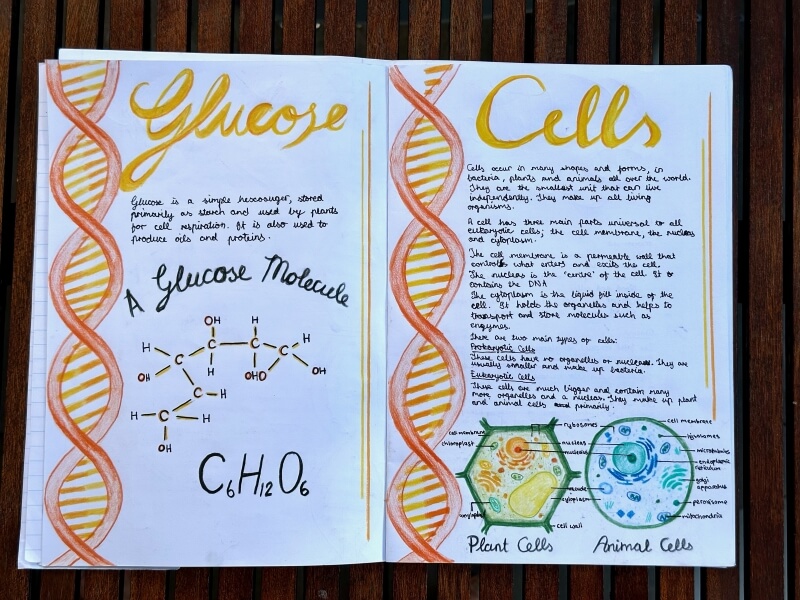Lee Smit-Gardner left mainstream teaching position to join the Michael Oak Waldorf staff because she…
Waldorf and Project-Based Learning (PBL)
Waldorf education incorporates elements of project-based learning (PBL) but is not strictly categorized as a PBL approach. Instead, it follows a holistic, experiential, and interdisciplinary model that shares many characteristics with project-based learning while maintaining its unique developmentally appropriate, arts-integrated, and narrative-driven pedagogy.

How Waldorf Aligns with Project-Based Learning
1. Main Lesson Blocks (Epoch Learning)
• Students engage in deep, immersive learning for 3–4 weeks on a single subject.
• Learning is integrated across disciplines (e.g., history, literature, and art in a single project).
• Encourages independent exploration and synthesis of ideas.
2. Student-Created Main Lesson Books
• Instead of textbooks, students document their learning through artistic and written reflections.
• Similar to PBL, students create tangible, personalized work that reflects their understanding.
3. Hands-on, Experiential Learning
• Students engage in activities like gardening, woodwork, eurythmy, and handcrafts that require planning, execution, and reflection.
• Science is taught through experimentation and observation, fostering an inquiry-based approach.
4. Interdisciplinary Learning
• Projects often combine arts, movement, and academics to deepen understanding.
• Example: A history lesson on medieval times may include drawing illuminated manuscripts, writing a play, and learning period music.
5. Class Plays & Thematic Projects
• Each class produces a play or theatrical project tied to the curriculum, requiring research, teamwork, and creativity—hallmarks of PBL.
• Group projects often mimic real-world problem-solving, such as designing sustainable farming practices in upper grades.
Key Differences from Traditional PBL
• Teacher-Guided vs. Student-Initiated
• In traditional PBL, students define their own inquiry questions and projects.
• In Waldorf, the teacher curates the learning journey, gradually encouraging independence.
• Developmentally Structured
• Waldorf education follows age-appropriate stages, meaning younger students engage in storytelling and play-based exploration, while older students tackle independent and collaborative research projects.
• Less Technology-Based
• Many PBL approaches leverage digital tools for research and collaboration.
• Waldorf minimizes screen exposure, emphasizing hands-on, sensory-rich learning.
Conclusion
Waldorf education shares many features of project-based learning, particularly in its holistic, experiential, and interdisciplinary approach. However, it differs in that projects are more teacher-guided, strongly rooted in artistic expression, storytelling, and sensory experience, and less reliant on digital tools. It fosters deep engagement, but with a distinct rhythm and methodology aligned with Rudolf Steiner’s philosophy.



